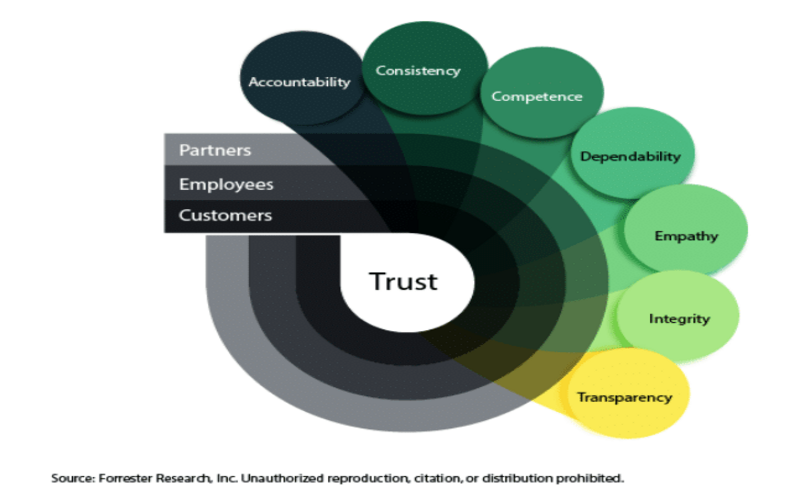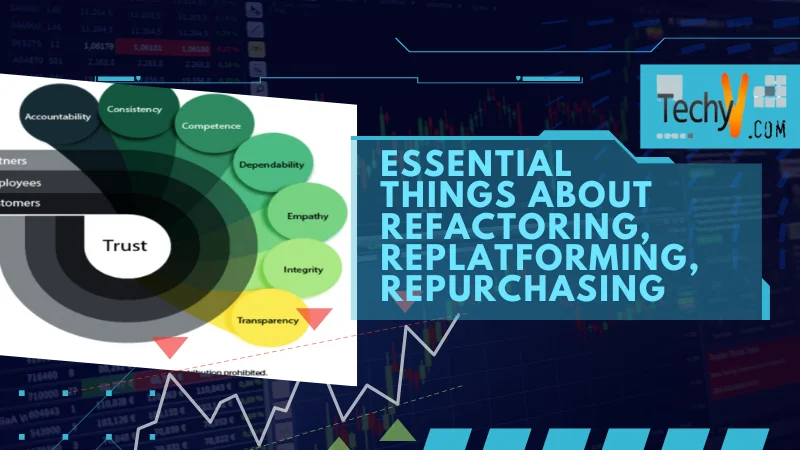What Is Replatforming?
Replatforming is operating a company’s operations from an ancient, outdated platform to a newer one. The purpose is to enhance performance, maximized scalability, improve protection, and reduces costs. It can include a range of innovation’s, involving operating systems, databases, middleware, and applications.
Why Replatforming Is Important?
Replatforming is a vital process that managements undertaken to observe their IT structure ranged with the newest advancements in innovation. In today’s fast-paced digital landscape, companies must be agile and variable to remain opposing. Leacy systems frequently grow obsolete, lacking the dependability, security, and effectiveness required to satisfy modern business needs.
How Replatforming Works?
Replatforming includes evaluating existing systems to resolve the best path forward, estimating the current structure, recognizing spaces and areas for enhancement, and analyzing potential new levels.
Replatforming Examples
Multiple high-profile instances of successful re-platforming expenditure involve Netflix, which transfer from its legacy data centre structure to Amazon Web Services (AWS), and Capital One, which remove from its legacy data processor systems to the cloud.
- Future-proof their IT structure.
- Spread operations.
- Integrated new characteristics and functionalities.
- Enhance performance.
- Scale more effectively.
- Handle maximized workloads.
Refactoring
It is a transfer method that include a deep transferring of the application to harness the abilities of the cloud totally. Refactoring can assist with:
- Enhancing an application’s design.
- Enhancing code by making it more effective, maintainable, and reusable.
- Assisting software organize and follow software standard and KPIs.
- Making it easier for software coders to search and fix bugs or threats in the code.
Repurchasing
This method is also termed drop and shop. You restore your application with a distinct version or product. The latest application should offer more business value than the existing, localized application, involving features such as attainability from anywhere, no structure to organize, and pre-pay pricing models. Repurchasing the application typically minimizes costs connected with maintenance, structure, and licensing.
The following are general use cases for the repurchase migration method:
- Moving form standard license of SaaS – it eliminates the burden of organizing and maintaining the structure and assists reduce licensing errors.
- Version upgrades or third-party equivalents – By restoring your existing localized application with the trader’s newest version or third-party equivalent in the cloud you can authority the latest features, incorporate with cloud, services, and scale the application more simply.
- Replacing a custom application – You can prevent recording and re-planning a custom application by repurchasing a trader-based SaaS or cloud-based application.
- Before purchasing, you must evaluate the programme based on your company’s needs, particularly security and compliance.
After you purchase the latest application, the following are the following steps:
- Training your team and consumers with the latest system.
- Emigration your data to the newly buyer’s application.
- Assimilate the application with your verification services, such as Microsoft Active Directory, to integrate authentication.
- Composing networking to assist secure communication between the buyer’s application, your consumers, and your structure.
1. Customization And Integration Of Cloud Replatform
One of the significant benefits of cloud Replatforming is the capability to personalize and incorporate multiple services seamlessly. Cloud platforming offers a vast range of services and features that can be outfitted to meet the particular needs of an organization. Personalization includes adapting the cloud level to accommodate the unique needs of the business.

2. Kubernetes And Containerization
Many advance applications are already arranged. Migration to a cloud-native Kubernetes answer can centrally speed up the Replatforming procedures. It organized Kubernetes solutions, like AWS EKS or Google Kubernetes Engine combine with these containerized applications, making the transition smoother.
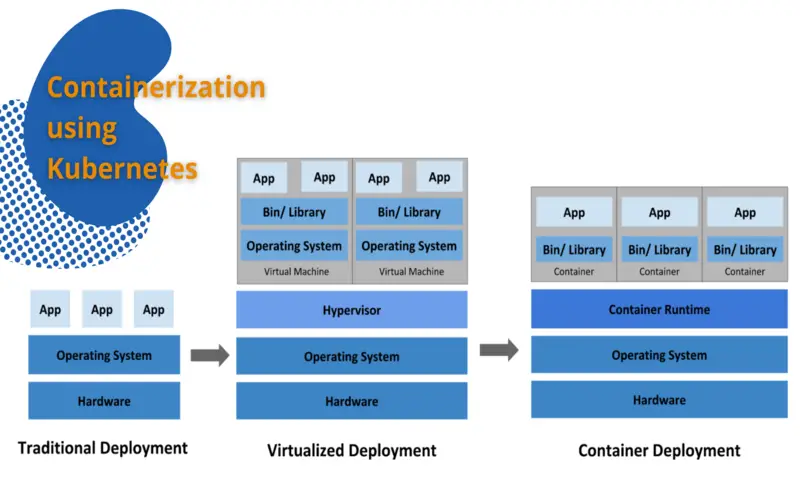
3. Operational Simplicity
Adopting organized Kubernetes solutions can minimize overall operational complexity. With a more streamlined and mechanical environment, there are fewer page calls and instruction interventions, leading to more straightforward performance and minimized chances of human-induced issues.

4. Keep Staff From Being Overwhelmed
Advanced systems are generally streamlined and more straightforward to organize. It minimized technical load minimizes the time spent on maintenance and maximized the time that can be spent on more affected work.

5. Maximized Resilience
Organizational businesses cannot experience downtime. They must be “always on” they will likely miss out on benefits. Cloud-evaluated systems are less likely to experience application cracking issues.

6. Long-term Financial Savings
Refactoring can assist minimize the costs of cloud migration by evaluating resource employing, reducing technical debt, and reducing maintenance and support prices. By gracefully using the application’s codebase and structure, companies can also minimize maintenance costs.

7. Adapts To Changing Needs
Agility is key. The cloud coders to react rapidly to converting companies requires and market situation. By evaluating the applications structure and design, companies minimize technical bond and make the application more reliable and scalable.
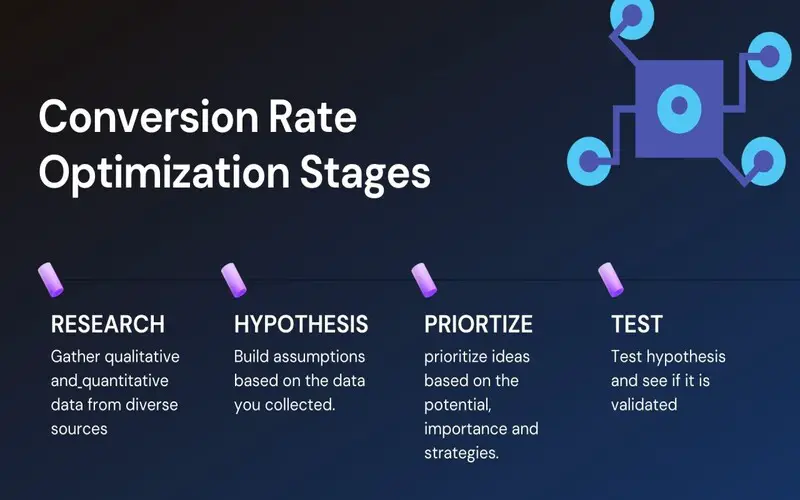
8. Understandable And Readable Code
It could take years and years to evolve particular software solutions. And as we think of it, nothing is permanent in this globe, so your evolved group members can convert over time. in such cases, code refactoring creates it simpler and smoother for your latest software coders to understand the code.
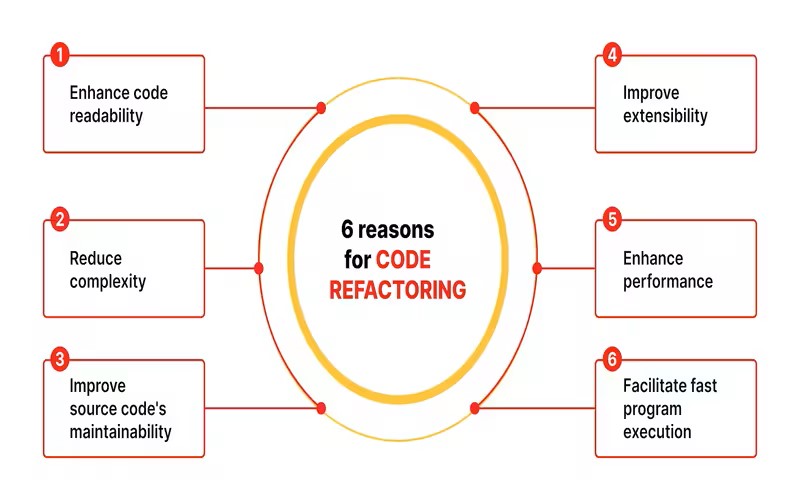
9. User Loyalty Is A Fundamental Driver Of Repurchasing.
When users develop a robust attachment to a brand or item, they are more likely to repurchase it over time. Its loyalty can stem from multiple factors, involving positive pat experiences, heard value for money, and emotional relationships with the brand’s recognize business invest significant resources in manufacturing and organizing user loyalty through methods such as loyalty programs, customized marketing efforts, and unusual user service.

10. Brand Trust Plays A Role In Repurchasing Decisions
Users are more tending to repurchase from brands they brand they believe, as trust in directing scalability, continuously, and integrity. Believe can be manufactured through clear communication, high-quality items or services, social business practices, and even destruction-responsive user support. Furthermore, a breach of trust, such as a product flaw or dishonest marketing, can lead to a decrease in repurchases and even harm the brand’s reputation.
